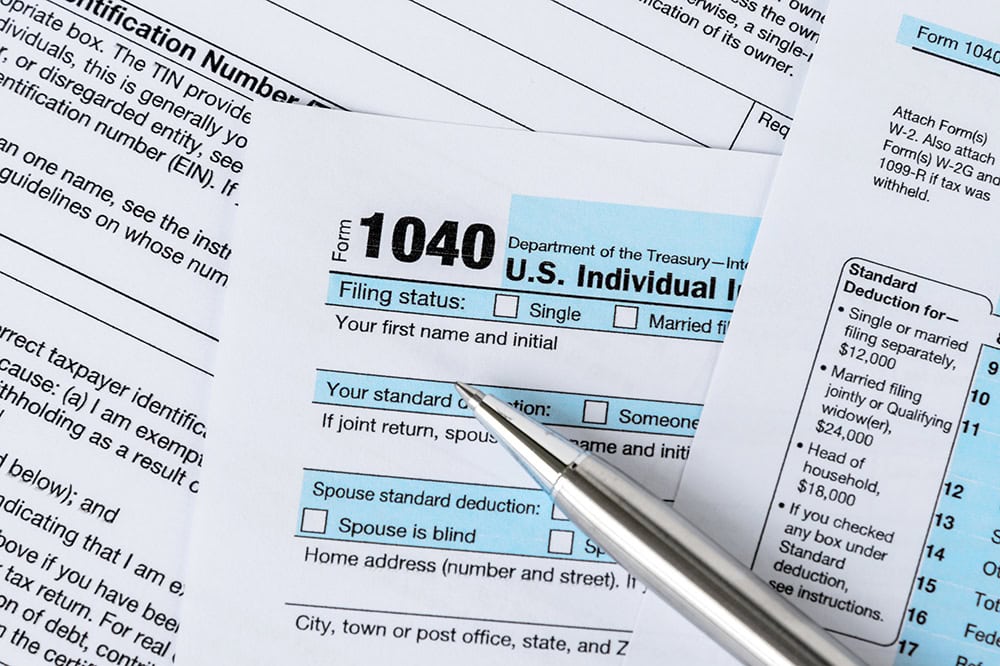As Critical Year for Fiscal Policy Begins, Americans Deeply Concerned about $36 Trillion National Debt
December’s Fiscal Confidence Index is 54 (100 is Neutral) While New Leaders face Key Decisions on Debt Ceiling, Tax Expirations in 2025
Americans are deeply concerned about the national debt as a new year begins, and a new president and Congress take office. With key fiscal decisions coming in 2025, the Peter G. Peterson Foundation’s U.S. Fiscal Confidence Index, modeled after the Consumer Confidence Index, is 54 (100 is neutral) indicating that voters are calling on their leaders to prioritize sustainable policies for the national debt.
To start the New Year, less than half of voters are now optimistic that the new president and Congress will make progress on the national debt (49%, down 4 points from last month). There was also a four-point drop in the percentage of voters who think the fiscal problem will improve over the next few years. Just 35% of voters believe America is on the right fiscal track, also down from last month. Those decreases are evenly distributed between Republicans, Democrats and Independents.
Additionally, nearly eight in ten voters say their concern about the $36 trillion and rising debt has increased, and 78% of voters, including 72% of Democrats and 88% of Republicans believe the debt should be a top-three priority for the new government.
“With the debt ceiling back in place and a number of major budgetary matters expiring, 2025 is a critical year for America’s fiscal and economic future,” said Michael A. Peterson, CEO of the Peterson Foundation. “As we are already on track to add $22 trillion to our national debt and spend $13 trillion on interest over the next decade, the major upcoming fiscal policy decisions are important opportunities for lawmakers to put us on a better path.”
A post-election poll released in late November shows 87% of voters agree tax cuts shouldn’t add to the debt; 64% oppose tax cuts that would add to the debt; and 92% of Republicans and 86% of Democrats are urging the new government to begin addressing the debt in the first 100 days of taking office.
The Fiscal Confidence Index measures public opinion about the national debt by asking six questions in three key areas:
- CONCERN: Level of concern and views about the direction of the national debt.
- PRIORITY: How high a priority addressing the debt should be for elected leaders.
- EXPECTATIONS: Expectations about whether the debt situation will get better or worse in the next few years.
The survey results from these three areas are weighted equally and averaged to produce the Fiscal Confidence Index value. The Fiscal Confidence Index, like the Consumer Confidence Index, is indexed on a scale of 0 to 200, with a neutral midpoint of 100. A reading above 100 indicates positive sentiment. A reading below 100 indicates negative sentiment.
Fiscal Confidence Index Key Data Points:
- The December 2024 Fiscal Confidence Index value is 54. (The November value was 54. The October value was 51.)
- The current Fiscal Confidence Index score for CONCERN about the debt is 42, indicating deep concern about the debt. The score for debt as a PRIORITY that leaders must address is 25, indicating that Americans want elected leaders to make addressing long-term debt a high priority. The score for EXPECTATIONS about progress on the debt is 94. The Fiscal Confidence Index is the average of these three sub-category scores.
- For a description of the complete methodology, see the Appendix below.
The Peter G. Peterson Foundation commissioned this poll by Democratic firm Global Strategy Group and Republican firm North Star Opinion Research to survey public opinion on the national debt. The online poll surveyed 1,003 registered voters nationwide between December 16 and December 18, 2024. It has a margin of error of +/- 3.1%.
Detailed poll results can be found online here.
APPENDIX: Fiscal Confidence Index Methodology and Questions
- The Fiscal Confidence Index is released monthly by the Peter G. Peterson Foundation.
- The Fiscal Confidence Index value is based on six questions in three categories.
- As is done with the Consumer Confidence Index, the first step in calculating the Fiscal Confidence Index is determining the “Relative Value” for each question. This calculation is made by taking the positive response for each question and dividing it by the sum of the positive and negative responses. Each question was asked on a four-point scale, and answers were weighted according to intensity, with the strongest responses counting twice as much as the middle responses (“much” better or worse answers count twice as heavily as “somewhat” better or worse answers).
- The scores for the Concern, Priority, and Expectations categories are determined by averaging the scores derived from the two questions in each category.
- The Fiscal Confidence Index value is converted from the Relative Value to place it on a scale on which 100 indicates equal positive and negative sentiment, while values below 100 indicate negative sentiment and values above 100 indicate positive sentiment.
- The questions are as follows:
###
ABOUT THE PETER G. PETERSON FOUNDATION
The Peter G. Peterson Foundation is a nonprofit, nonpartisan organization that is dedicated to increasing public awareness of the nature and urgency of key fiscal challenges threatening America's future, and to accelerating action on them. To address these challenges successfully, we work to bring Americans together to find and implement sensible, long-term solutions that transcend age, party lines and ideological divides in order to achieve real results. To learn more, please visit www.pgpf.org.
Further Reading
Lawmakers are Running Out of Time to Fix Social Security
Without reform, the combined Social Security trust funds will be depleted in 2035.
Budget Basics: Tax Expenditures
Tax expenditures can come in the form of exclusions, exemptions, deductions, and credits.
The U.S. Forgoes Hundreds of Billions of Dollars Each Year Due to Unpaid Taxes
Cracking down on the tax gap would not only introduce more fairness into the system, but it could be a big help for our nation’s fiscal imbalance.


